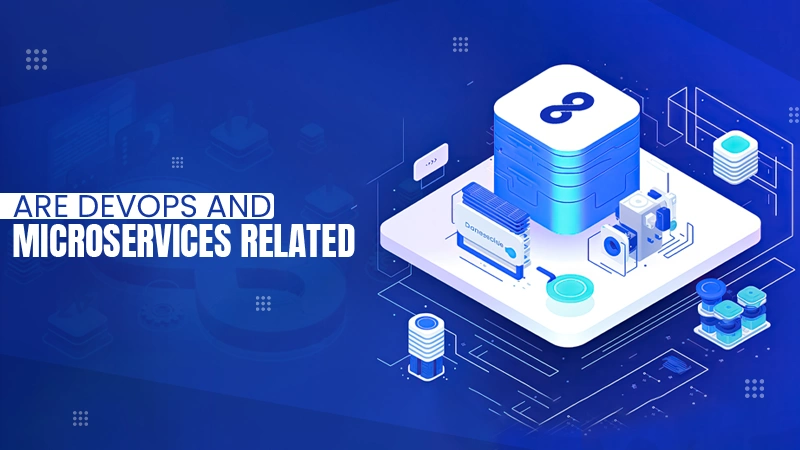Unleashing the Power of Network Virtualization: Redefining Connectivity in the Digital Age

Enhancing the traditional hardware-based IT infrastructure, network virtualization has emerged and revolutionized connectivity in the fast-paced digital age. The introduction of this technology has revamped the way industries connect, communicate, and meet the demands of modern business operations and desired productivity. Also, learn about Revolutionize Your Connectivity in this guide.
If you are looking to leverage your business growth and productivity, this article will delve into the wonders of network virtualization and help you discover its potential benefits in the modern digital sphere.
Understanding the Concepts of Network Virtualization and how they work
Before delving into the depths of the concept, let us start with understanding network visualization demands. To refer, network visualization is a process of merging the available physical networks to create a required virtual infrastructure, divide them into segments and leverage software-defined networking.
When it comes to working, it abstracts the traditional network services joining a simplified virtual network. The hypervisor is not only responsible for separating networks, but also actively controls the bandwidth and capacity for every independent network. Regardless of the network share sharing the sole hypervisor, they are independent and follow specific, rigid rules and security regulations.
Network Virtualization is the modern top-notch innovation that meets the demand of cloud computing distributed apps by delivering flexible, efficient and faster solutions to your businesses with reduced cyber vulnerabilities.
Potential Benefits of Network Virtualization In Embracing Effective Connectivity
Network virtualization is a modern solution to leverage work productivity and generate desired ROI. From improving security management to reducing set-up costs, this mechanism has numerous potential benefits. Take a look at them.
Improved Flexibility and Agility
The network visualization can be configured in two different ways, internal and external, meeting the demands of different industries and sectors. Meanwhile, traditional networks require high manpower and time to assemble, visual networks can leverage efficiency provisioning the new workload.
Enhanced Privacy and Security
The isolation capabilities of the virtual network add extra boundaries to protect the company’s sensitive data and informational assets from cyber threats and uninvited vulnerabilities. In that regard, it keeps on monitoring the endpoints and corners of the firewalls to analyze the loopholes and lateral movements of the threats, managing network policies.
Cost Effective Model
The transformation of a physical server into a virtual network increases the capabilities of machine learning and its workings. Virtualization reduces the cost of the huge physical infrastructure and its maintenance and labour costs.
Centralized Control and Management
The virtualization can be managed with an on-site workload, allowing the developers to quickly resolve the issue without affecting the work productivity and business operation. This works best in testing a new patch of software as it allows uploading the dummy mechanism, running a real time and then integrating with the applications.
Increased Productivity and Efficiency
With high speed, flexibility and agility, network virtualization platforms like NSX-T can reduce the management of the volatile hardware infrastructure, allowing the IT team to focus on the important areas to leverage work productivity.
Besides all the major benefits, one of the primes that remains unnoticed is the eco-friendly office environment by cutting down the physical components and heavy power consumption.
Pros and Cons of Network Virtualization in the Digital Age
Before embracing any technology in your business, you need to ensure its long-term pros and cons to ensure assured future benefits.
| PROS | CONS |
| ✔️ Reduced IT and hardware costs. | ❌ Extensive staff training requirements. |
| ✔️ Efficient resource utilization | ❌ Changing the business infrastructure. |
| ✔️ Faster application and operations distribution. | |
| ✔️ Improved network security. | |
| ✔️ Scalability and flexibility. |
Despite a few of the drawbacks, businesses are still relying on network virtualization mechanisms to boost their overall work experience.
Challenges of Integrating Network Virtualization in the Businesses
As discussed throughout the article, network virtualization will leverage your business capabilities, they too have some challenges and implications.
Infrastructure Modifications:
While migrating to virtual from a physical setup, you may require an overall network infrastructure modification and architecture. It may leave some adverse effects on your precedent-setting systems and resources.
Extensive Training to the IT Staff:
The emerging technology requires new training and resources to manage it efficiently. Due to the traditional IT staff and existing training concepts, your team and staff may require proper skill development and training to operate and adjust to the new settings.
The challenges may occur while fostering the new advanced innovation but can be resolved with time and effort. Collectively, unlocking the potential benefits and features of network virtualization can transform and empower your unstructured businesses.
Conclusion: A Tech Solution
In a nutshell, network virtualization is the reorganization of the physical hardware into a virtual model to make the most out of modern technology. Moreover, it increases the efficiency of the organization to perform and handle multiple tasks with limited resources.
So embark on the journey to revolutionize your traditional model by opting for virtualization and acquiring a high boost in your work productivity.
FAQs
Ans: There are two types of network virtualization in cloud computing, external and internal.
Ans: The three main components of network virtualization are hypervisor, controller software and host protocols.
Ans: By integrating virtualization, you can access increased speed, efficiency, and agility in your work process.
Ans: One of the widely popular examples of network virtualization is virtual LAN (VLAN).
Ans: Yes, a VPN (virtual private network) is one of the forms of network virtualization.















